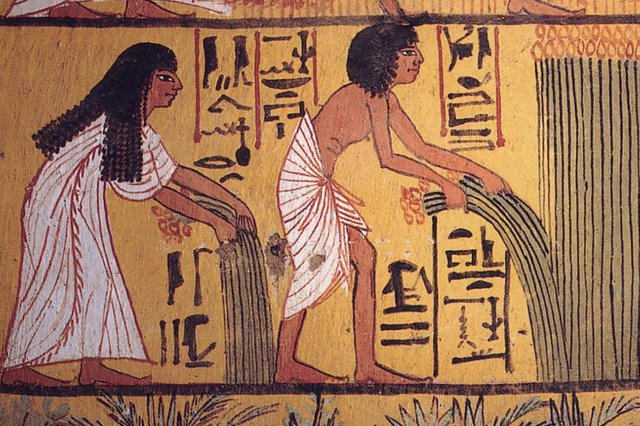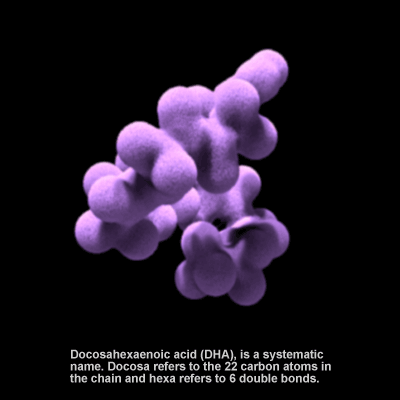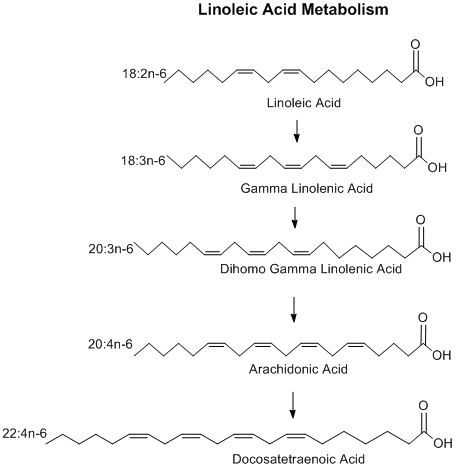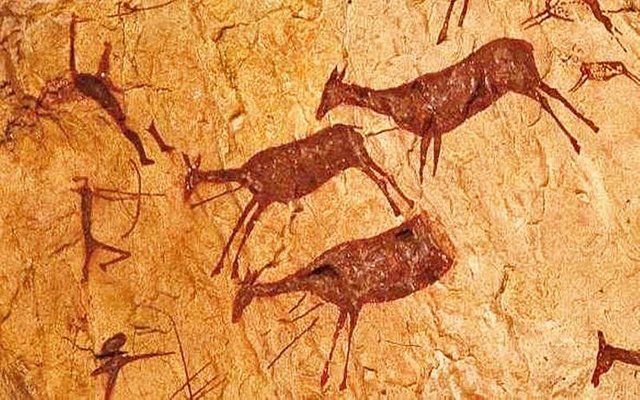Recent Evolution of Human Genes for Processing Fats: Before and After the Spread of Agriculture
Evidence of Natural Selection at work over the past 10,000 years
A newly published study in Nature Ecology & Evolution presents evidence that natural selection changed the human genome in response to changing diet over the past 10,000 years or so. The authors, based at Cornell University and Harvard, examined ancient and modern human DNA from Europeans, looking at the genes that code for metabolism of specific essential fatty acids. They found that these genes changed to favor success on a diet rich in animal-based foods before about 8,000 years ago, and after that to favor success on a plant-based diet. After farming became widespread in Europe around 8,000 years ago, the advantage shifted to individuals having the genes that allow production of essential long-chain poly-unsaturated fats, which plants do not produce, from the short-chain fats present in plants.

Ancient Egyptians harvesting grain. The adoption of agriculture allowed populations to grow and cities and cultures to develop. It also changed the course of human evolution. However, has agriculture been as good for the health of individual human beings as for populations overall? … More on that near the end.
This press release, entitled, Healthy diet? That depends on your genes gives more details. Here I’ll briefly summarize and go on to discuss how this relates to human health and ecology.
Essential Fatty Acids
We all need certain fats that have double bonds between their carbon atoms in specific locations. These fatty acids are termed unsaturated because they have fewer hydrogen atoms than they would without those double bonds. Anyway, the double bonds change their chemical properties, and make them particularly useful to mammals like us, with our complex physiology. They control inflammation and they’re essential building blocks for hormones, for example.
Omega-3 Fatty Acids

Animation of a space-filling model of the omega-3 fatty acid DHA (Docosahexaenoic acid), which is very nutritious.
One important class of essential fatty acids has a double bond at the third carbon atom, and is therefore called Omega-3. Omega-6 fatty acids have their a double bond at the sixth position from the end. Short-chain versions of these are present in many plants, but certain longer-chain forms are only available from animal products. DHA and EPA, found in many cold-water fish, are examples that are very healthy for humans. Sardines are one excellent source of DHA and EPA, by the way.

Certain enzymes allow conversion of linoleic acid, found in many plants, into different longer-chain poly-unsaturated fatty acids, including DHA, which is essential to the biochemistry of humans and other animals. These stick diagrams nicely show the structure of these fatty acids, although they cannot show their actual shapes and sizes in 3-D. They typically fold and ball up, rather than stretching out as shown.
Good Fats are Essential for Good Health!
Our brains naturally contain a great deal of omega-3 fatty acids, and it’s particularly important for growing children to get enough of them. Unfortunately, modern humans eating diets based on industrial agriculture often do not get nearly enough omega-3 fatty acids, and consume too much omega-6 fatty acids, which can cause inflammation of the body. The typical modern American diet is too rich in omega-6 fats and lacking in omega-3 fatty acids., and the same is true in many places around the world.
For more information about eating healthy fats, I highly recommend Mark’s Daily Apple, hosted my Mark Sisson, where I first began to learn how important it is to eat good quality fats, and the Fat Burning Man podcast, by Abel James.
Different Foods for Different Folks
Although it’s faster and requires less metabolism to get them by eating the right animal products, the human body can also build the longer-chain omega-3 fatty acids from the short-chain versions found in plants, provided it has the genes to make the necessary enzymes. The study highlighted above tells us that this ability varies with the geographical origins of one’s ancestors, who were naturally adapted to eating different diets at different places at times.
Science allows matching diet to individual genetics and physiology
As more people are catching on, there is a growing market for this knowledge, which is supporting authors, podcasters, physicians and researchers who spread the word and work to figure out more about what foods are best for humans. This includes figuring out how the ideal diet differs for individuals with different genetic profiles. For example, Precision Nutrition offers genetic testing to inform dietary choices, and Joseph Mercola, M.D., offers a Nutritional Typing Service.
Yes, humans have evolved since farming and herding
So, clearly there is evidence that the human genome adapts to changing diet over thousands of years. Another example is the already well-known evolution of lactose tolerance, independently among distinct milk-drinking populations of humans living in Africa and northern Europe.
In this video, human geneticist Spencer Wells, director of the Genographic Project of the National Geographic Society, discusses the genetic and societal changes that occurred as some human populations adapted to drinking milk.
But that does not mean that we’re perfectly adapted to typical modern diets!
The above study does not even imply that humans have fully adapted to a diet based on prehistoric agriculture. Moreover, there most certainly has not been sufficient time for our species to adapt to the much more recent advent of industrial agriculture and processed foods, which we’ve only had for about 100 years.
I myself have found much wisdom in the Paleo/Primal movement. You can see my previous Steemit post about that. My health improved over the past six years or so, after I switched to eating more natural fats, less carbs, and less processed food.
The ecological, health, and societal implications of changes in human diet are fascinating.

A pre-historic depiction of hunting. Many individual hunter-gatherers probably did fare better than most farmers.
Although agriculture allowed human populations to grow, early farmers are also known to have suffered from many nutrient deficiencies that did not affect hunter-gatherers. In other words, what’s good for the group may not be good for all individuals, and particularly not for individuals past child-bearing age. If you’re interested in more, please see my previous post about how the advent of agriculture may be the greatest example of group selection.
Thanks to all who produced and made freely available the images used herein.
S. Lan Smith
Kamakura, Japan
June 15, 2017
This was an absolutely fascinating read. Thank you so much for putting it together!
Thank you for the positive comment!
This one was fun to write.
Interesting article! Now I follow you.
Thanks!
Thank you to all who created this article. It was a very good read.
Glad that you enjoyed it!